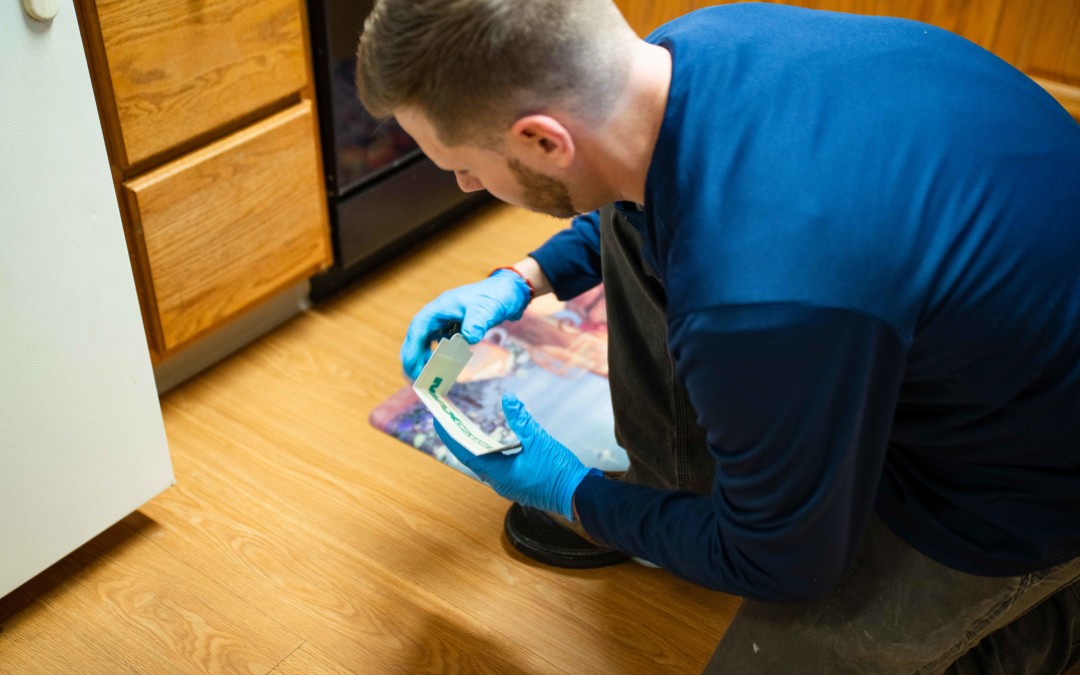Most ant pest species in the United States inhabit the southern states due to the agreeable climatic conditions in the region. Therefore, it is not surprising that almost all documented medical issues that result from ant stings occur in the south. Of course, many ant pest species infest homes in the northeast, but most of these species are a mere nuisance rather than a potential health threat to residents. The south also sees the highest rate of economically damaging ant infestations. For example, two carpenter ant species, the black and red carpenter ant, can be found in the northeast where the former is considered a major pest of structural wood, but well over a dozen carpenter ant species can be found in the southern states.
Some of the most common ant pests that cannot be found in the northeast, but are abundant in the south include, leafcutter ants, ghost ants, harvester ants, and invasive ant species, such as the red imported fire ant and the Argentine ant. However, one particular species of acrobat ant frequently infests homes in the northeast where they may damage structural wood, inflict painful bites, and establish indoor nests. This ant pest, Cremotagaster cerasi, is seldom encountered in the south, and they are generally recognized as being unique to the northeast US as well as parts of the midwest.
cerasi establishes nests within narrow indoor spaces, such as beneath roof shingles, and around door and window frames. These nests contain colonies that thrive for around 10 to 15 years, which is an unusually long period of time when compared to other ant pest species. Nests also contain an unusually large amount of workers, as mature colonies can have more than 10,000 individual specimens with multiple queens.
cerasi workers feed on honeydew and other insects in their natural environment, but they will consume just about any type of human food that they encounter within homes. These ants invade homes in search of food sources, and specimens are strangely resilient to being squished, as many reports state that these ants will continue moving seconds after being stepped on. Although C. cerasi specimens do not initiate infestations within structural wood, they do inhabit cavities that previous insect pests, like termites, had excavated in structural wood. These nesting habits cause further damage to structural wood by expanding these cavities. While C. cerasi workers are known for inflicting painful bites, they do not result in serious medical symptoms.
Have you ever found an ant nest within your home?

